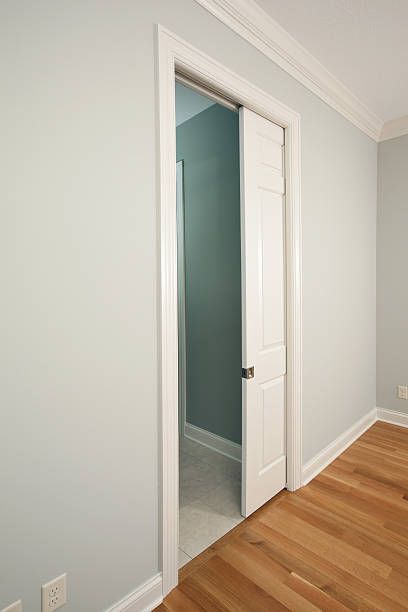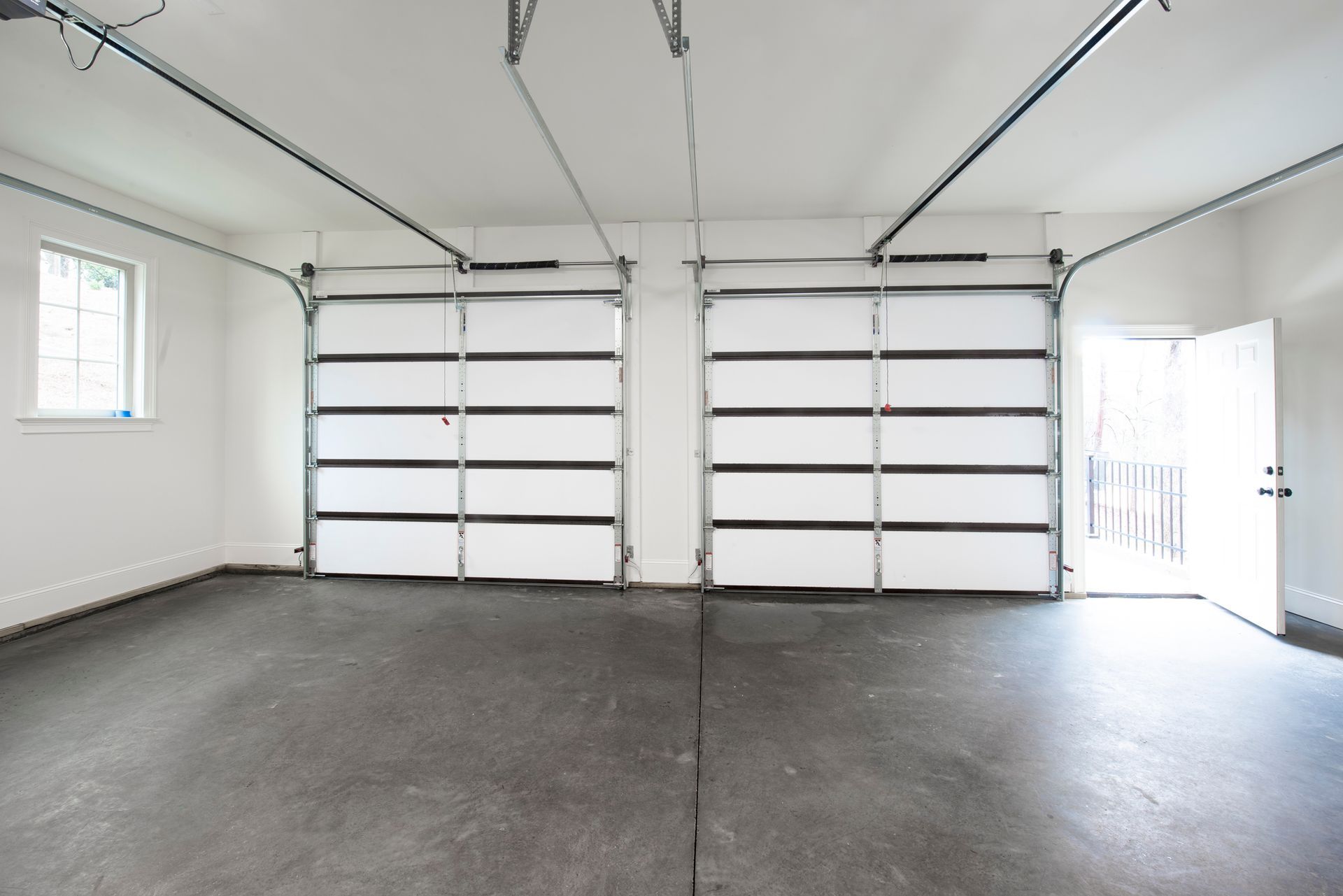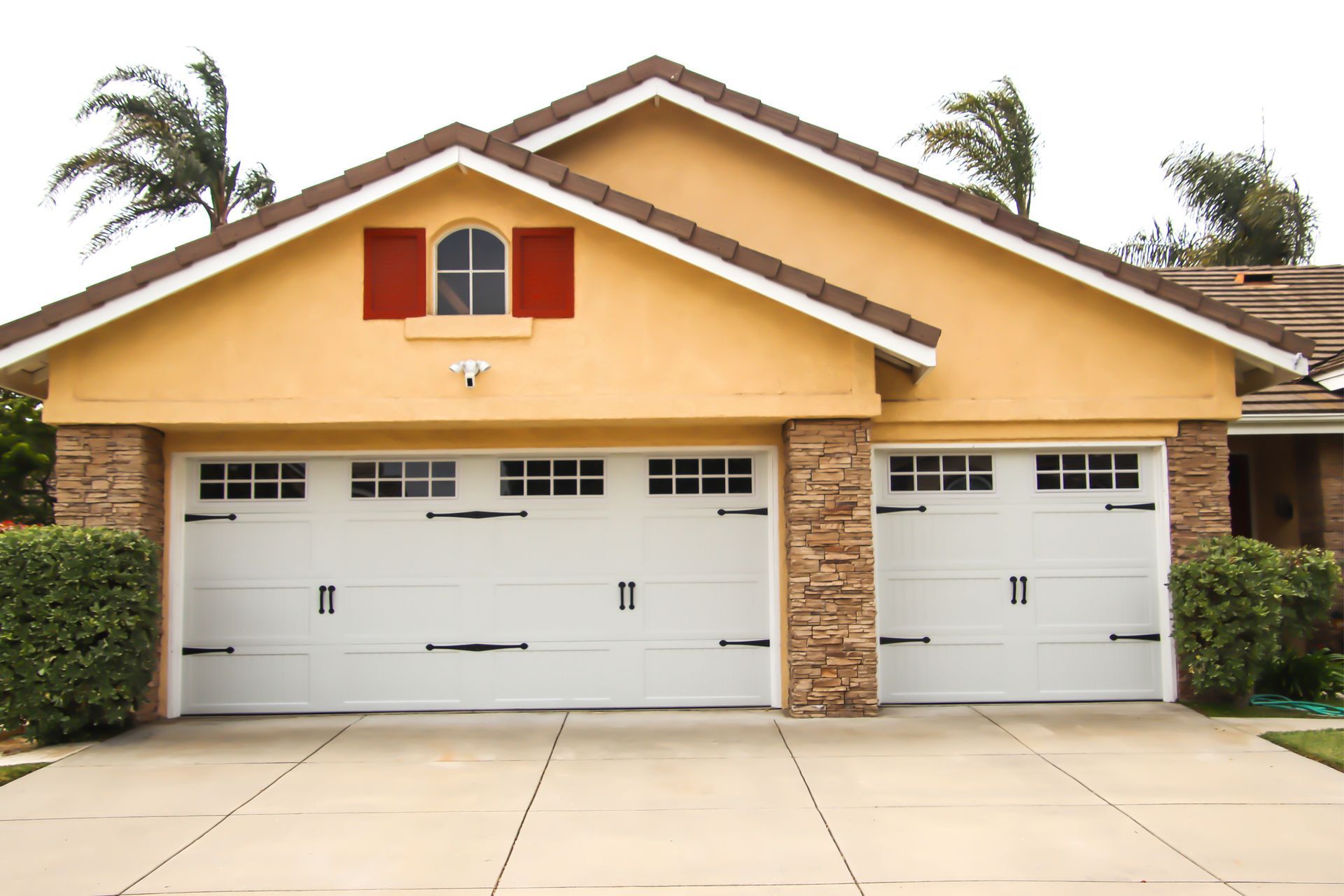Garage Door Safety
Garage door safety is very important to prevent accidents and injuries. Garage doors can be heavy and operate under significant tension, making them potentially dangerous if not handled correctly. Here are some essential tips for ensuring garage door safety:
- 1. Regular Maintenance: Schedule regular maintenance for your garage door. This includes checking for loose bolts, lubricating moving parts, and inspecting cables, springs, and rollers. Proper maintenance can help prevent unexpected malfunctions.
- 2. Test Auto-Reverse Mechanism: All modern garage door openers should have an auto-reverse feature. Test this feature regularly by placing an object (e.g., a piece of wood) in the door's path while closing it. The door should reverse immediately upon contact with the object.
- 3. Install Photoelectric Sensors: Photoelectric sensors, also known as safety sensors, are mounted on both sides of the garage door near the floor. They emit an invisible beam that, when interrupted, will prevent the door from closing or cause it to reverse. Ensure these sensors are properly aligned and free from obstructions.
- 4. Emergency Release Cord: Familiarize yourself and your family with the emergency release cord. This cord allows you to manually open or close the door in case of a power outage or other emergencies. Be cautious when using it, as the door may be heavy.
- 5. Keep Children and Pets Away: Ensure that children and pets are kept away from the garage door while it is in operation. Explain the potential dangers to them and educate them about not playing with the door or its controls.
- 6. Maintain a Safe Distance: Stand clear of the garage door and moving parts when it's in operation. Never walk under a moving door or attempt to enter or exit while it's in motion.
- 7. Secure Remote Controls: Keep garage door remote controls out of the reach of children, and if they are lost or stolen, reprogram the opener to prevent unauthorized access.
- 8. Teach Safe Practices: Teach family members how to operate the garage door and educate them about safety practices. Make sure they understand the potential risks and how to use the emergency release cord.
- 9. Avoid DIY Repairs: Do not attempt DIY repairs, especially on complex components like springs or cables. These components are under high tension and can be extremely dangerous if mishandled. Always call a professional for repairs.
- 10. Regularly Check for Damage: Routinely inspect the garage door for damage, wear, or misalignment. If you notice any issues, address them promptly to maintain the door's safety and functionality.
By following these garage door safety guidelines and staying vigilant, you can reduce the risk of accidents and injuries associated with your garage door. Regular maintenance, proper testing, and educating family members about safe practices are key components of garage door safety.








